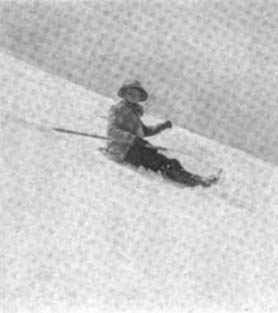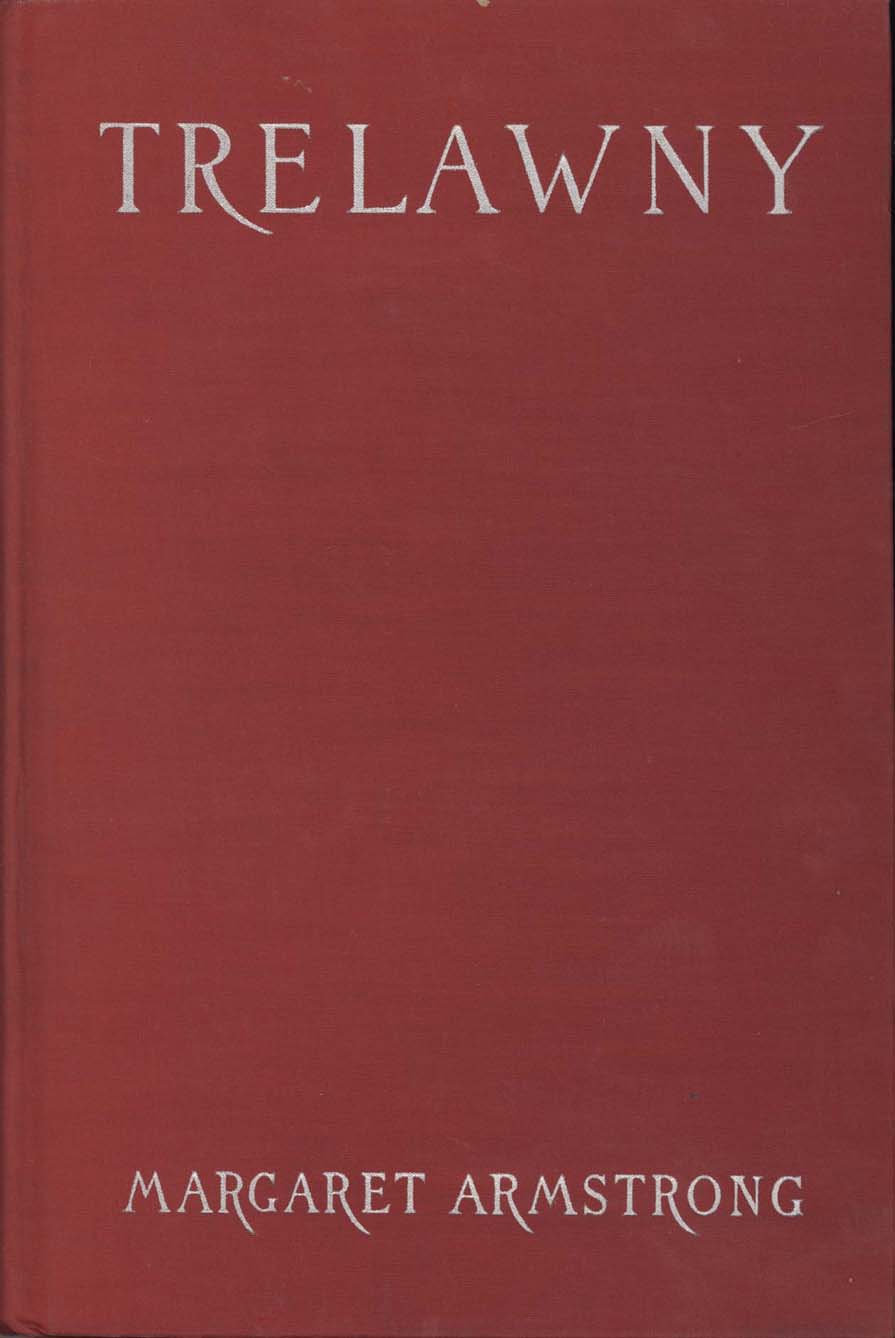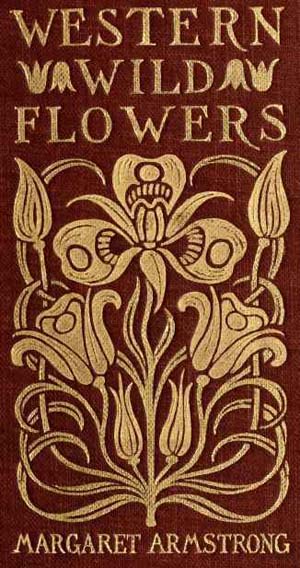 Armstrong’s passive retirement from the world of publisher bindings coincided with the rise of popularity in paper dust jackets. Between the years of 1908 to 1913, Armstrong was designing as few as five covers per year. While she did complete a few covers into the twenties, Armstrong’s focus had shifted to other endeavors. This coincided with her newest project of assembling a book of wildflowers of the western United States. In 1915, Armstrong completed The Field Book of Western Wildflowers which was meant to be the first “popular field book for the whole West.” Originally, Armstrong intended to devise illustrations and partner with a botanist in writing the book. When her partner became unavailable, Margaret forged forth by writing and illustrating the book on her own. Armstrong spent about three years travelling various locations in the western United States in the years spanning 1911 to 1914. Armstrong and her companions took on such outdoor adventures as descending into the Grand Canyon and scaling the Victoria Glacier in Alberta, Canada all the while collecting specimens to feature in her field book. She published stories on her adventures in Out West Magazine in 1915.
Armstrong’s passive retirement from the world of publisher bindings coincided with the rise of popularity in paper dust jackets. Between the years of 1908 to 1913, Armstrong was designing as few as five covers per year. While she did complete a few covers into the twenties, Armstrong’s focus had shifted to other endeavors. This coincided with her newest project of assembling a book of wildflowers of the western United States. In 1915, Armstrong completed The Field Book of Western Wildflowers which was meant to be the first “popular field book for the whole West.” Originally, Armstrong intended to devise illustrations and partner with a botanist in writing the book. When her partner became unavailable, Margaret forged forth by writing and illustrating the book on her own. Armstrong spent about three years travelling various locations in the western United States in the years spanning 1911 to 1914. Armstrong and her companions took on such outdoor adventures as descending into the Grand Canyon and scaling the Victoria Glacier in Alberta, Canada all the while collecting specimens to feature in her field book. She published stories on her adventures in Out West Magazine in 1915.
 Upon completion of the field book, Armstrong’s focus shifted once more to that of editing work for her father and brother. Before her father’s death in 1918, Margaret edited several of his biographical works. She designed woodcuts for her brother Hamilton’s book in 1917 while he was serving in World War I. Over the next ten years Margaret published poetry, contributed letters to the New York Times and other noteworthy papers of the era, and collaborated with her sister on the cover design of Hamilton’s magazine Foreign Affairs which debuted in September 1922. By 1930, Armstrong had taken on the project of editing and designing the lettering for the cover of the family papers titled, Five Generations: Life and Letters of an American Family 1750-1900. In her sixties, Margaret branched into the work of writing biographies. The first, Fanny Kamble (1938) and the second, Trelawny: A Man’s Life (1940). She also wrote three murder mysteries towards the end of her life titled, Murder in Stained Glass (1939), The Man with No Face (1940) and The Blue Santo Murder Mystery (1940) all of which were popular and well received.
Upon completion of the field book, Armstrong’s focus shifted once more to that of editing work for her father and brother. Before her father’s death in 1918, Margaret edited several of his biographical works. She designed woodcuts for her brother Hamilton’s book in 1917 while he was serving in World War I. Over the next ten years Margaret published poetry, contributed letters to the New York Times and other noteworthy papers of the era, and collaborated with her sister on the cover design of Hamilton’s magazine Foreign Affairs which debuted in September 1922. By 1930, Armstrong had taken on the project of editing and designing the lettering for the cover of the family papers titled, Five Generations: Life and Letters of an American Family 1750-1900. In her sixties, Margaret branched into the work of writing biographies. The first, Fanny Kamble (1938) and the second, Trelawny: A Man’s Life (1940). She also wrote three murder mysteries towards the end of her life titled, Murder in Stained Glass (1939), The Man with No Face (1940) and The Blue Santo Murder Mystery (1940) all of which were popular and well received.


